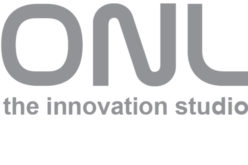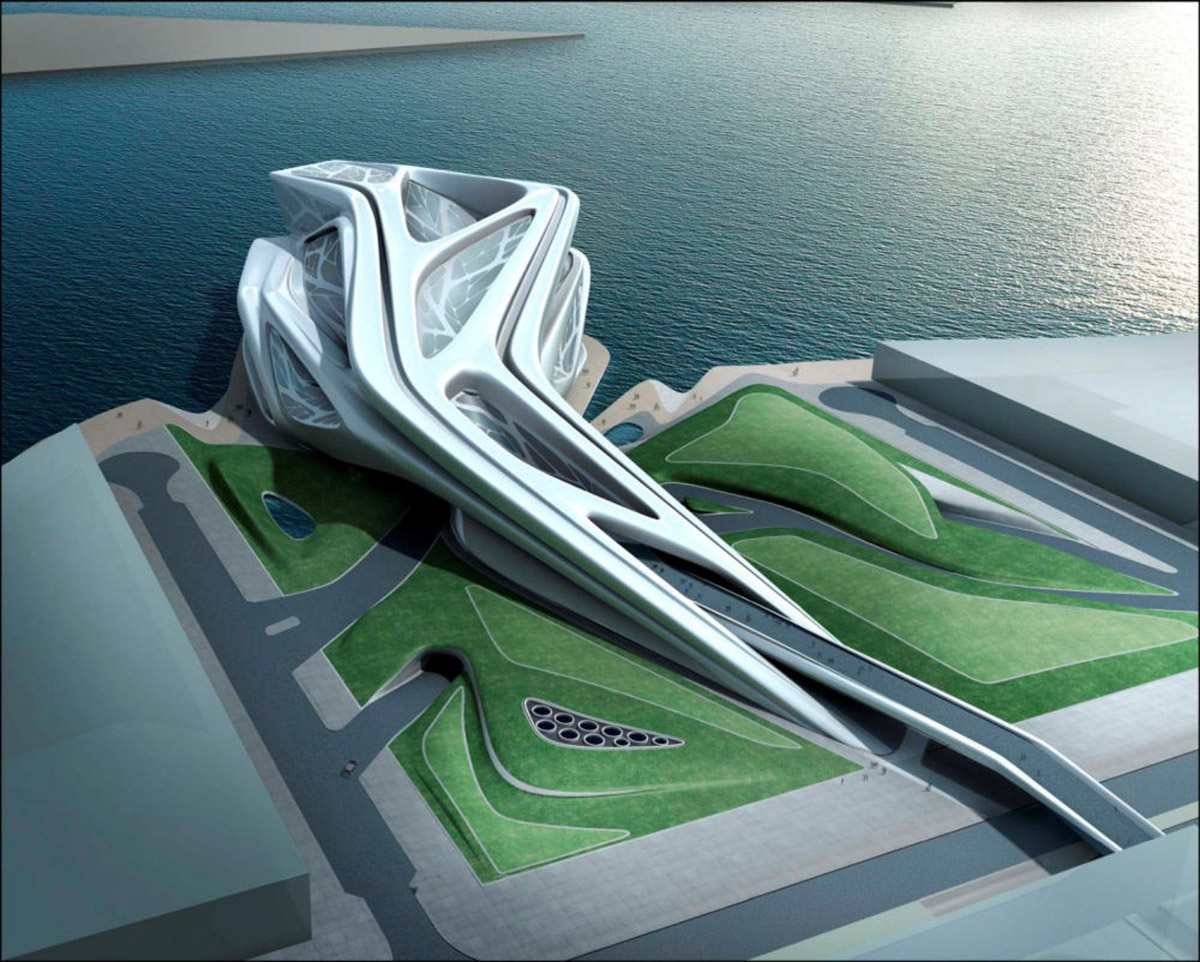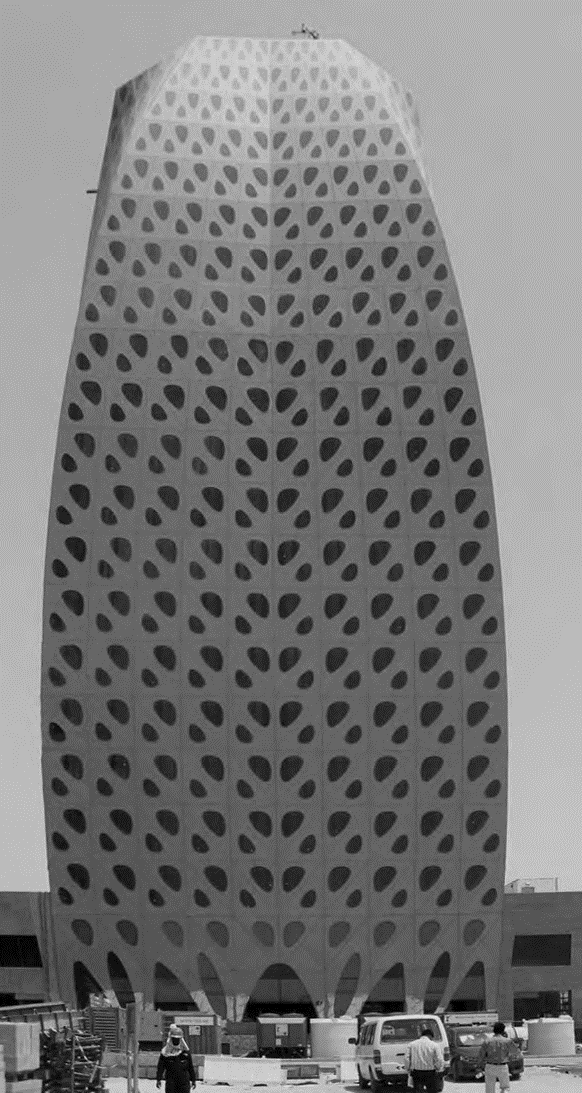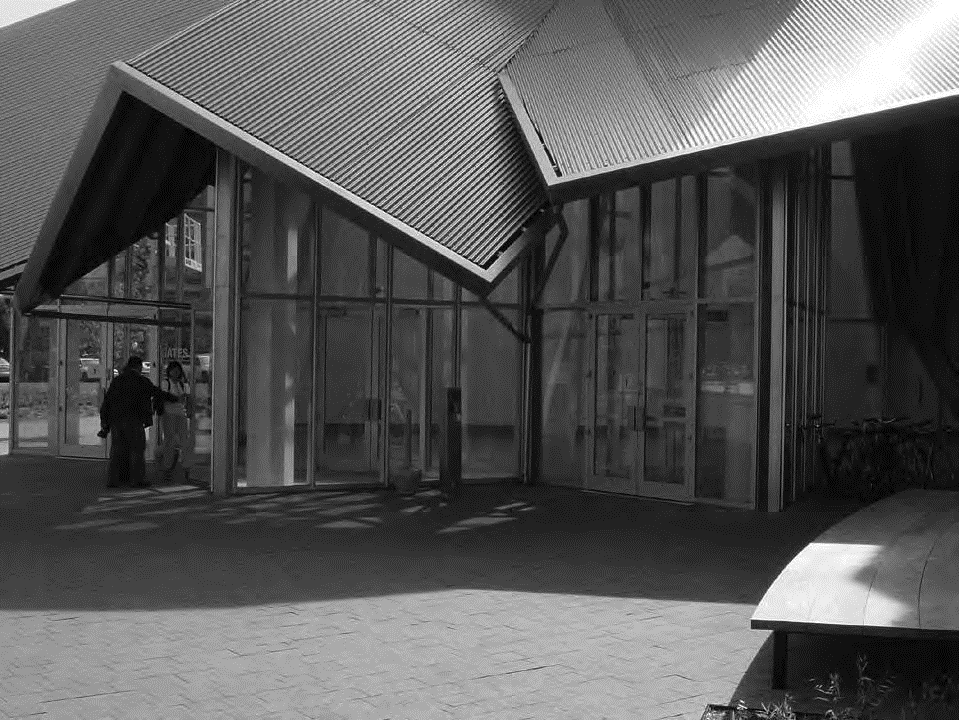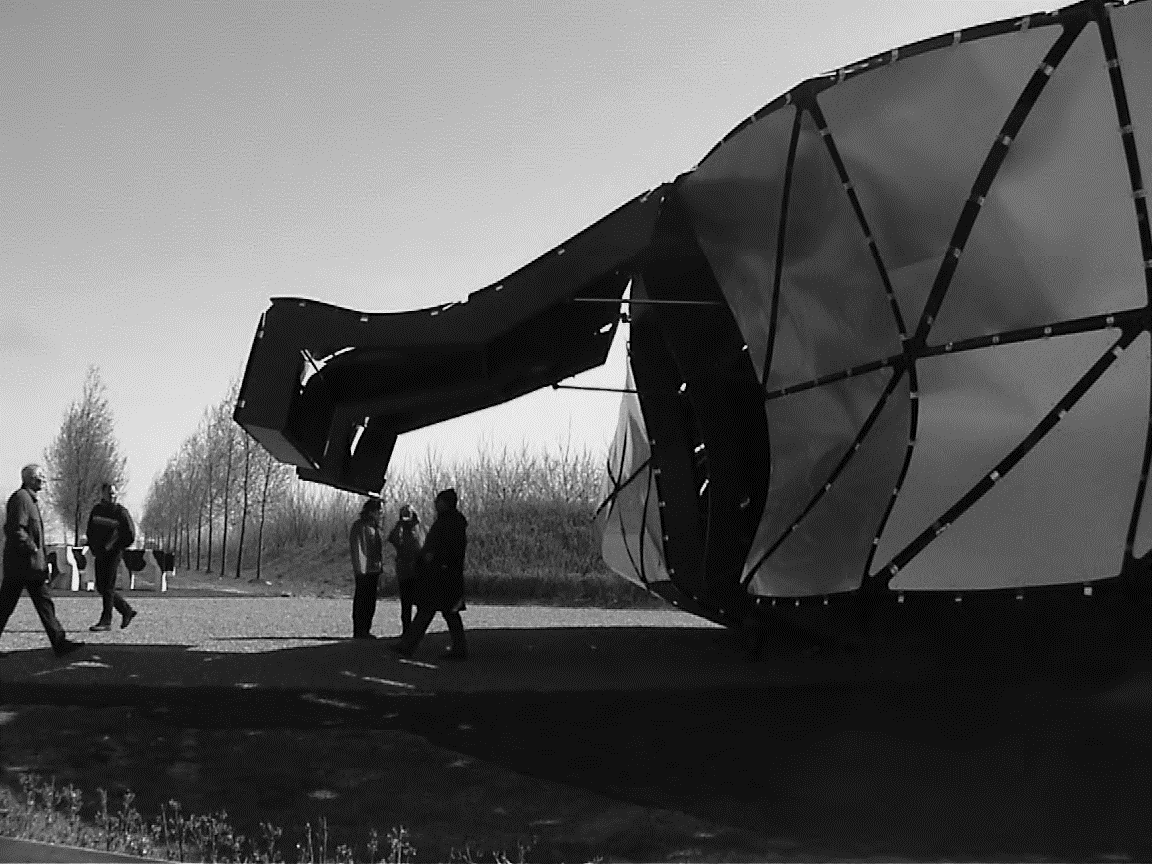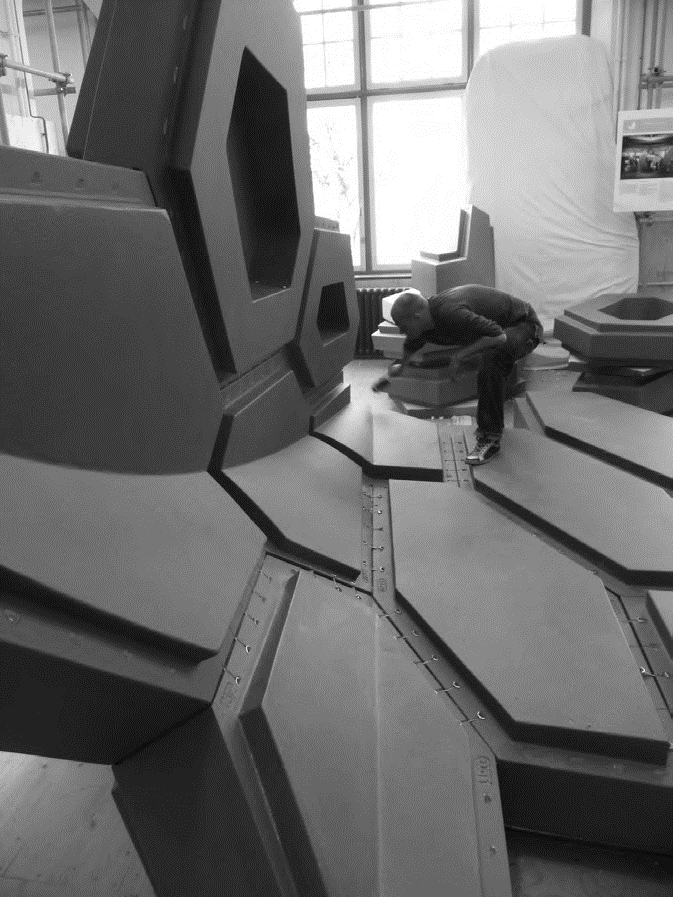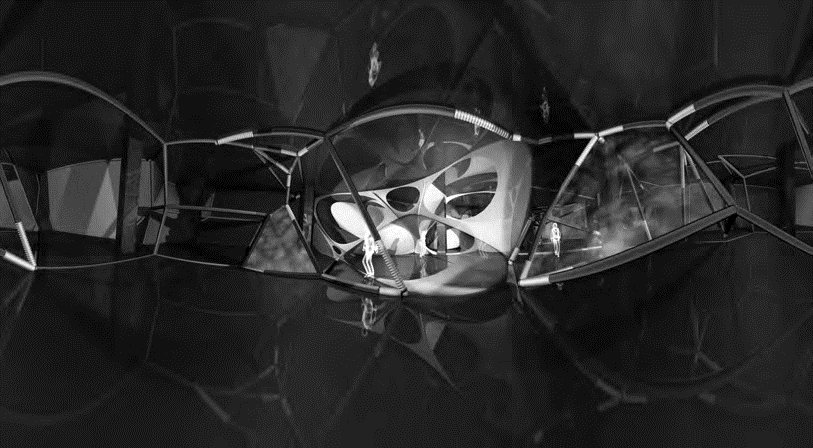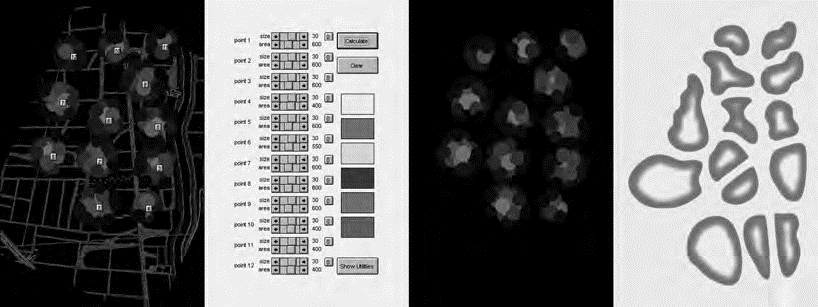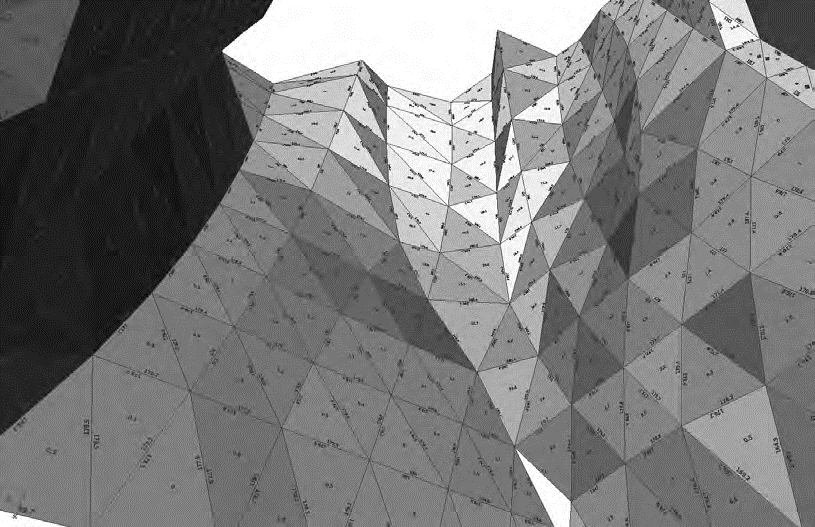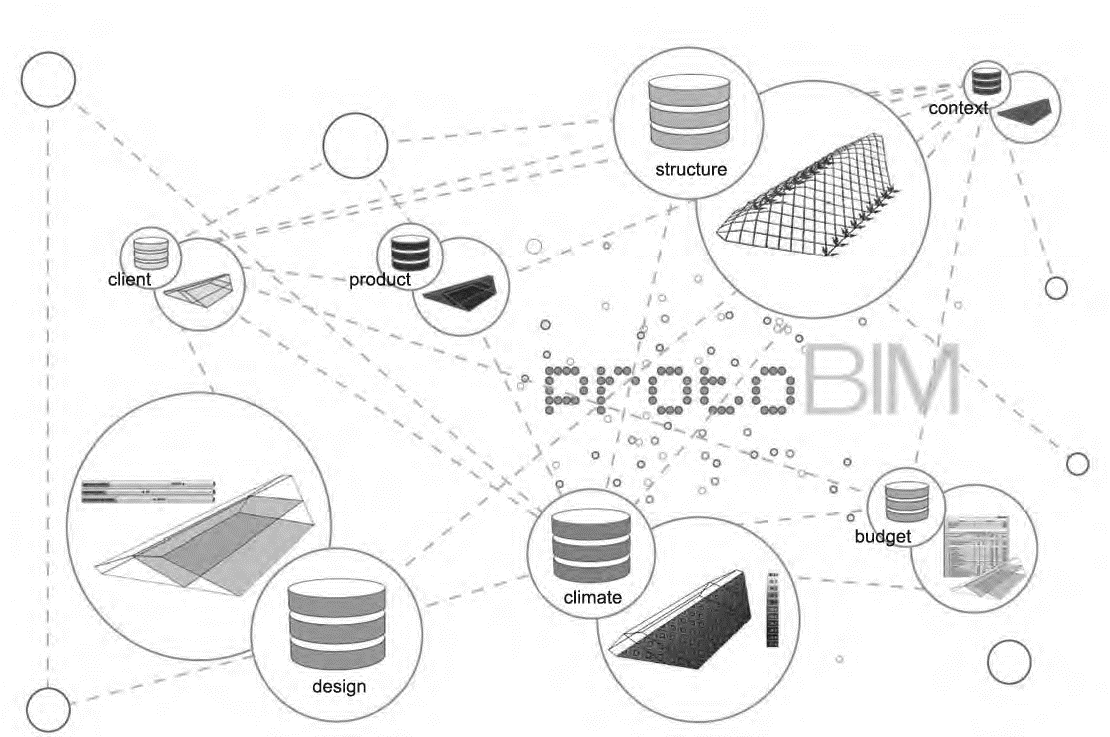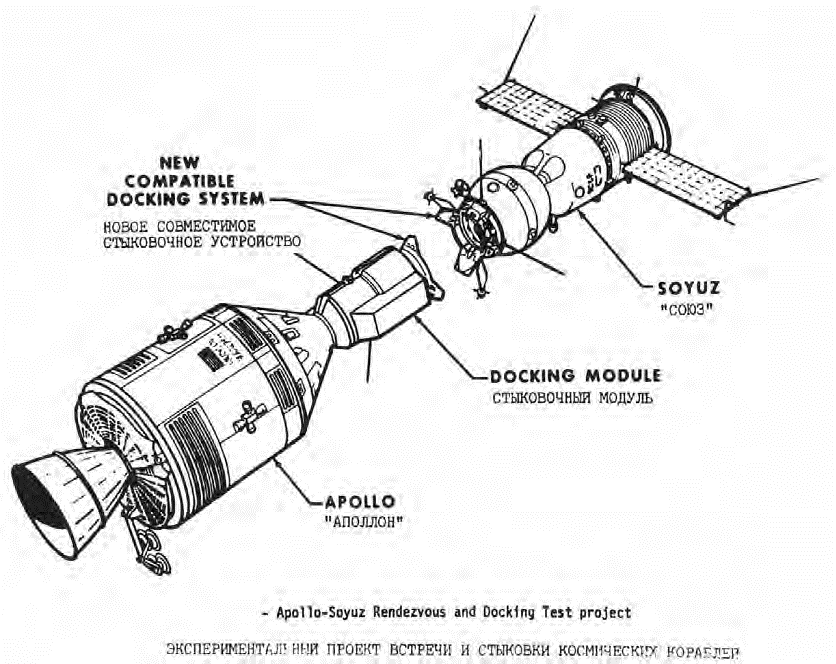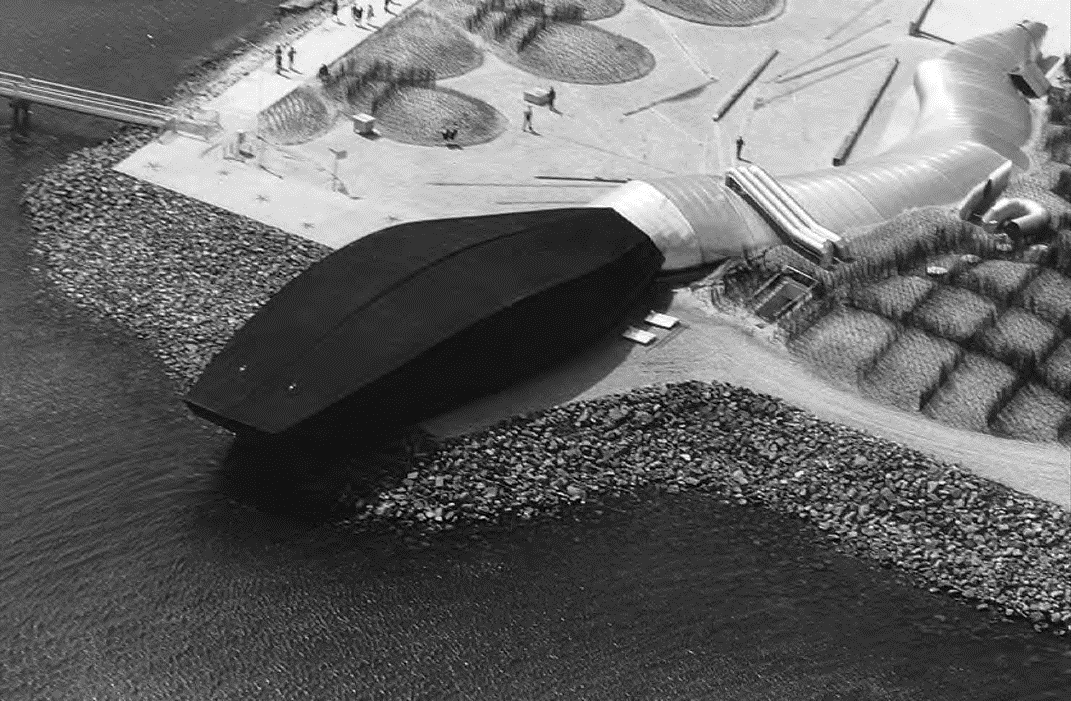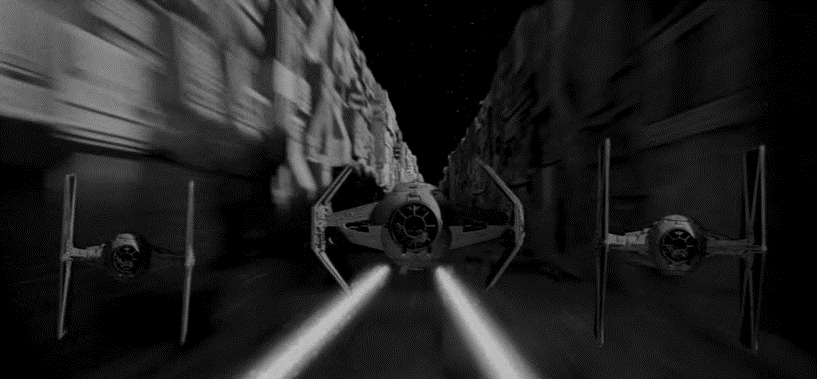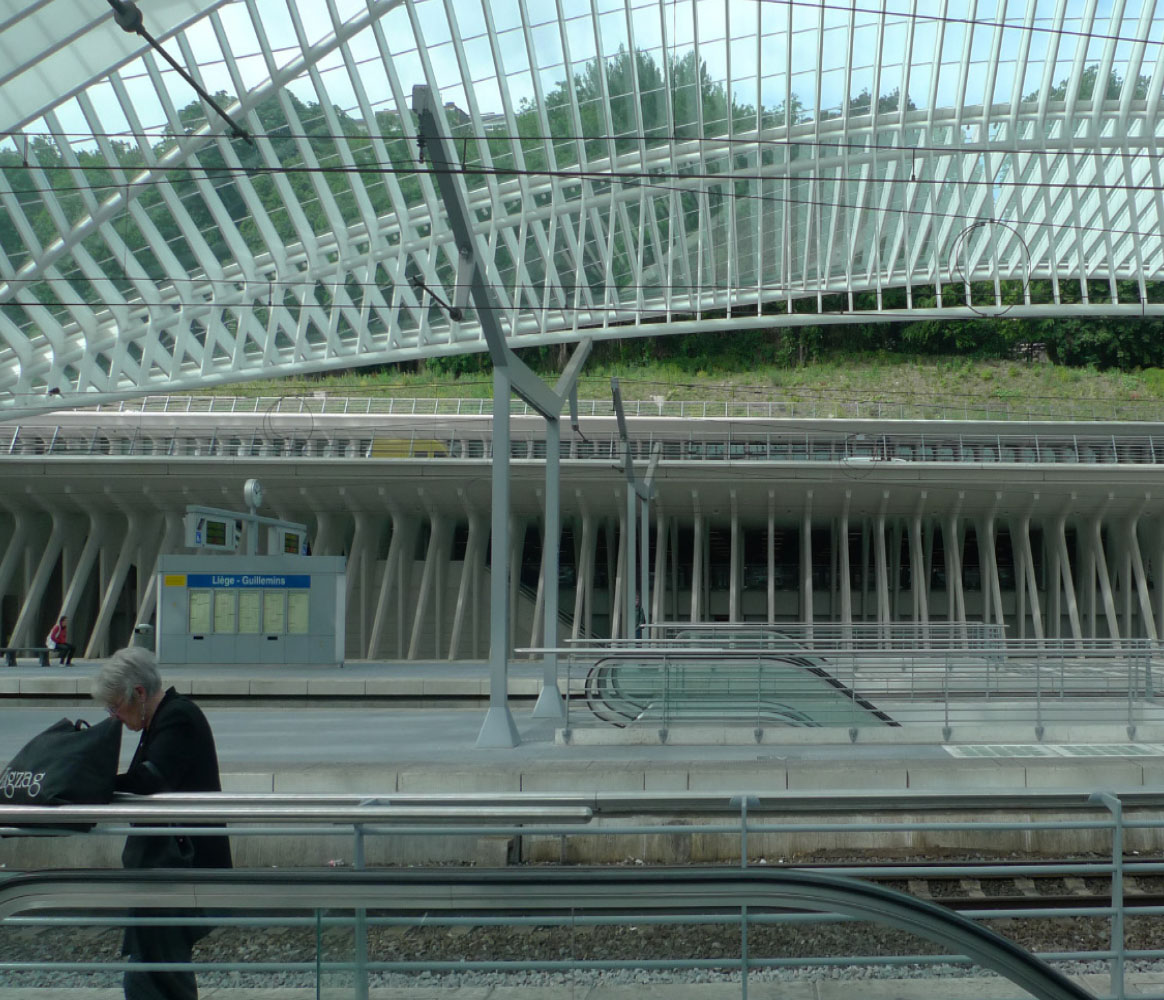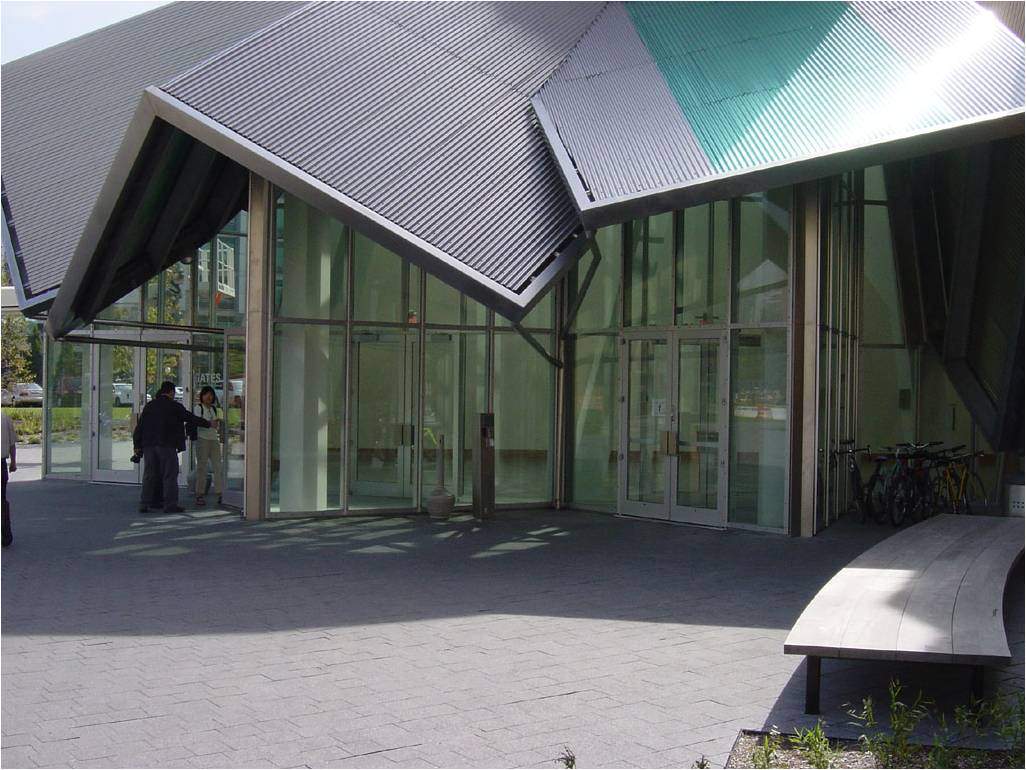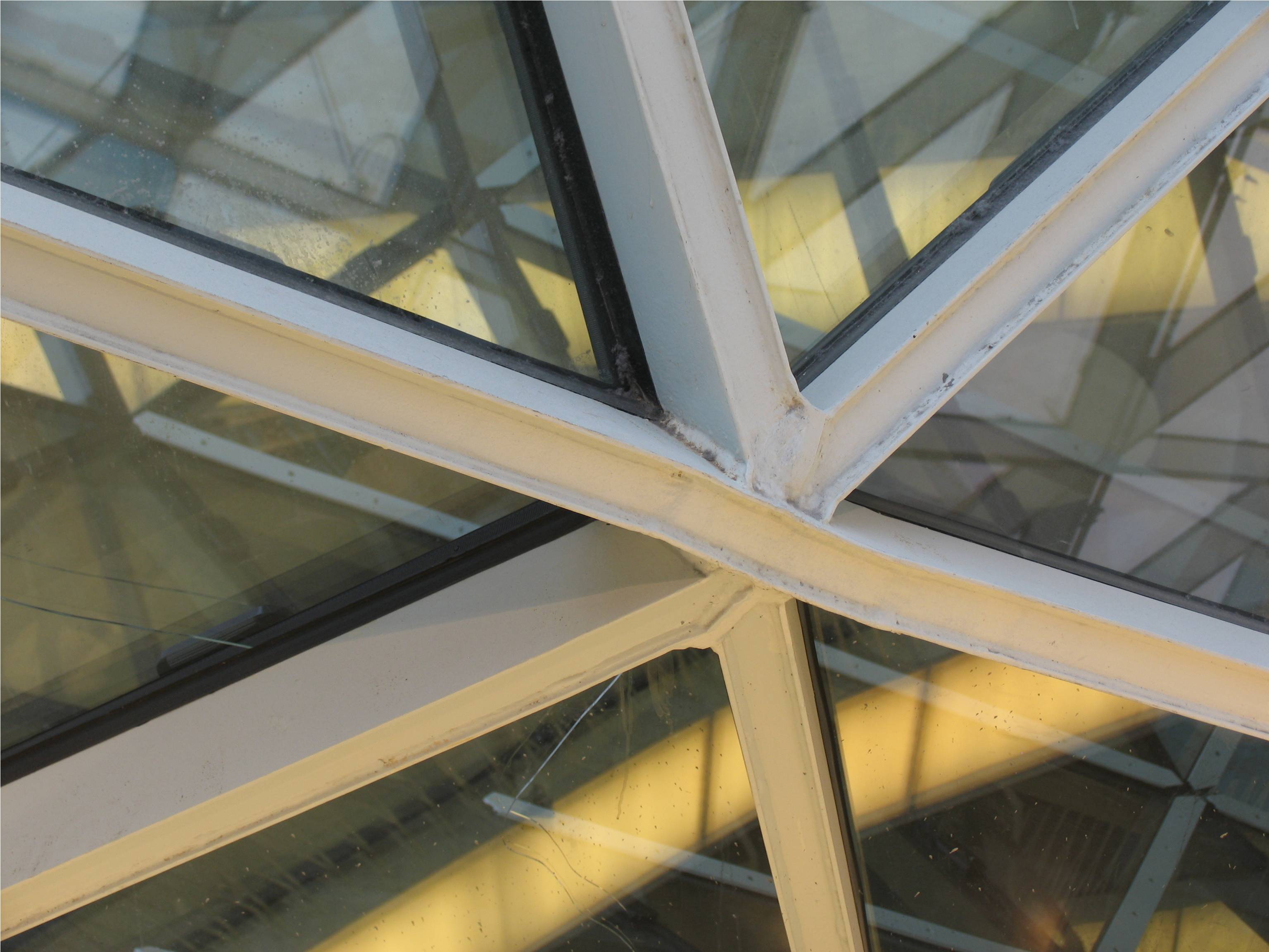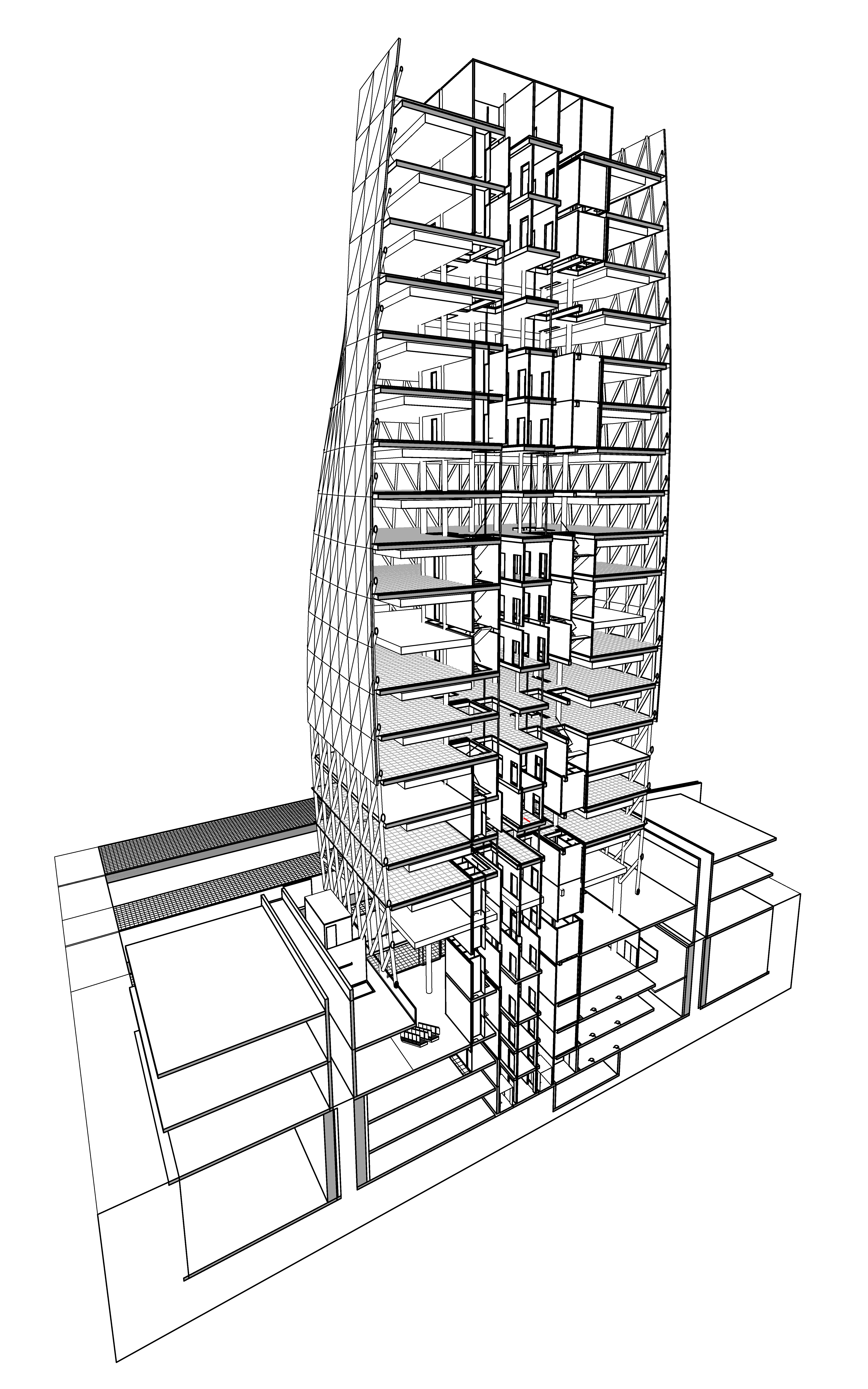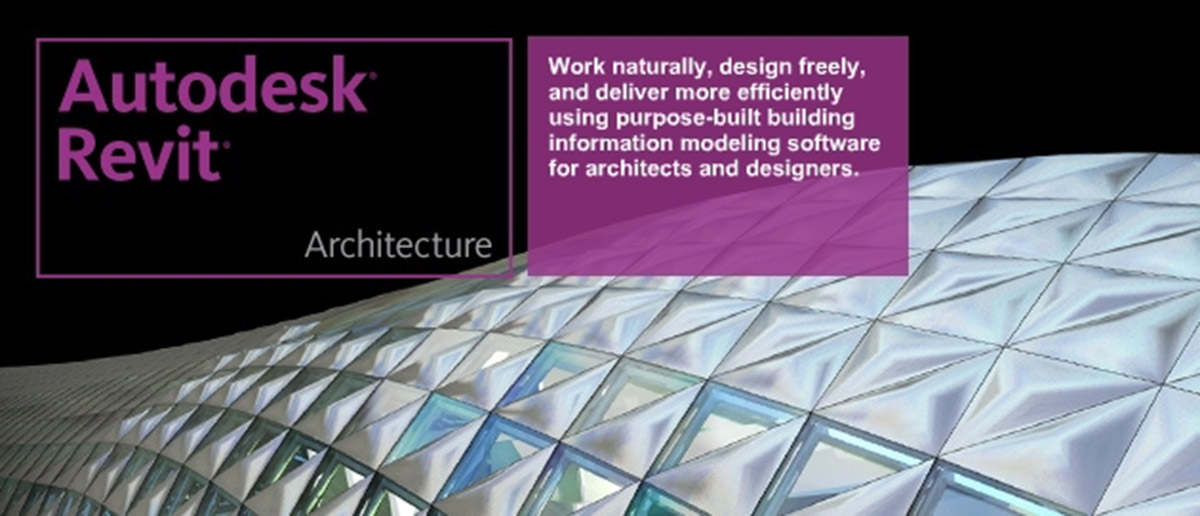We Robots *)
First of all I wish to reposition the human condition as we usually feel it and perceive it. I do feel the need to mentally reposition ourselves in the evolution of human society so far. My opening statement is that from the moment we started using tools as the extension of our bodies, we entered a robotic condition. From the moment we started to use a hammer to nail hard material into somewhat softer material we not only extended ourselves with tools, but we also started to interlace ourselves to systemic relationships between things. Using tools is where the Internet of Things and People really started. Let me give a few examples to illustrate this opening statement. The point that I wish to make is that we can no longer discuss human society without describing the intrinsic relationships between people and things / systems, we must take into account all things, tools, systems and environments. I abandon the anthropocentric view and look at things from levels up into the macro-world, and simultaneously from levels down into the microscopic universe.

Coevolution of things and people
Let us imagine a cabinetmaker in the workshop, which represents already a huge step in the evolution of the society where we take part in. I have to put emphasis on “taking part in” since already in this situation we can no longer maintain the position that humans have full control of this environment, that the cabinetmaker has full control over the tools that are used and the space [s]he is working in. The cabinetmaker plays a role in the systemic relationships between things and the self. There would be no nail if there would not be something like a hammer, there would be no hammer if not a person to hold the hammer. Things like hammer and people live in a symbiotic relationship, and in the context of today I would even say that things and people live in a systemic and indeed robotic relationship. The person is integral part of the system, but is not controlling the system, the cabinetmaker coevolves with the tools, the materials that are prepared for further operations, and the space one is working in. In this workshop condition the person is needed to fire the action, to pick up the hammer, to force down the nail into the wood. Seen from the perspective of the workshop as a complex environment the person is used to activate the tools and to put together the product. This we can visualize by speeding up time in a time lapse movie, and we actually see the cabinet come into being without even the trace of the cabinetmaker, he will appear as a ghostly appearance as to feed the workshop, he basically functions as the energy and the information that is used to compose the piece of furniture in that specific environment. The workshop is a metabolic cell that generates cabinets using the workforce of people as carriers of energy and information. Information is processed via the bodies and brains of the cabinetmakers to the tools and materials. The human body functions as an information hub in a much larger system of propagating information. Information feeds upon the human body to be processed, demonstrating the verifiable non-anthropocentric view on society. The higher purpose of the existence of human beings is not their own lives, neither the further development of their own species, I believe people exist only to function as a carrier to process information and to propagate processed information. In a similar fashion the car body is a carrier to distribute information, which in its turn is carried by people. The purpose of the Internet is not to be convenient to people, but to distribute information on a global scale. Information thus has become highly successful in evolutionary terms, and is soon expected to massively radiate out of our solar system and into nanoscales as to propagate further, perhaps until galaxies and quarks will find out that they are part of the same logic. In that larger system of things and people the mundane workshop is a cell of a larger body which is called the city, which in its turn is a hub in society at large.
Non-human robots
How robotic is that? How robotic is such deep mutual relationship between people and things? We do not need a robotic arm or a robotic vacuum cleaner to mark the emergence of robotic environments. Robotic environments started to form right away after the dawn of systemic intelligence, extending versatile human bodies with mobile tools and instruments. The fact that these tools are not fixed to the human body does not make them less of a direct extension. It is exactly this mobility that is the fascinating aspect of “recent” [millions of years] evolution. Things and systems are deeply linked to bodies without a physical connection. It is exactly for that reason that I am not impressed by performances with explicit robotic extensions that are fixed to his own body. To me that represents a pitiful misunderstanding of what evolution of information is actually doing with us, and what humans are doing with evolution. Similarly I am not impressed or even annoyed by constructing robots with the intention to copy human behavior, as to walk, grip, sniff and snooze.
Vectorial bodies
Now imagine the driver car highway system. We can look at this system from different perspectives, from the perspective of the highway, the car and the driver. Let us first look at it from the viewpoint of the highway. It is fair to say that the highway processes the cars, that the highway actively digests a variety of cars, trucks, vans, motorbikes, basically any vectorial body that is fit to join the industrious traffic swarm scanning the global highway network. This process of digesting cars never stops, there is not a single moment that the highways and other roads stop processing. Sometimes they may process more cars, and then fluctuating to less car movements, but the highway is always in action. Even when the road is blocked for maintenance it must be seen as a form of action. And sometimes the hungry highway system may be temporarily blocked by traffic jams, yet always offers a bypass for their mobile prey . New highways are being constructed all the time, some old ones are fading away, new and more intense networks are made as to facilitate the evolution of information. Indeed, highways are information processing machines, delivering data carriers from A to B and back again. Such network of highways is very much alive, it never stops pumping cars through its veins, and is bound to increase its capacity in the coming decades, eventually to make place for a new intelligent transport system exchanging packages of information in a more efficient way. What drives the system? Who is the driver, who is the driven? Are we humans really the drivers of this system? Or are we as is the position I will take in this paper basically a form of data for the transport system, packages of information that are carried by our bodies, which in their turn are hosted by the cars, which in turn are processed by the highways. Driving a car one may have the illusion that one is in charge, that one is free to choose where to go. But in fact the journey is very much predetermined, governed by precise rules of conduct. Even more so when automated vehicles will become the norm. Free will is relative, which both applies to the human driver, to the car rolling on the highway, as to the highway processing the cars. I consider the road system to be a real time behaving input – processing – output machine. Each perspective is just as valid as any other point of view. The car has no meaning without the driver, the highway would not exist without the existence of cars, the human body would not be considered a driver without the idea of a car. Drivers, cars and highways form one complex interwoven system, fully coevolved in their doings . Drivers, cars and highways, all of these can be considered robotic as they execute certain mutually related tasks following a strict yet slowly evolving set of rules. Robots that work. We robots .
The body
Architecture is considered in this context as the interface between the flow of people and the building components, the buildings themselves and the built environments at large, including infrastructure like highways, airports, harbors. Humans are embodied in their bodies , but what about buildings and infrastructure? Are they contained as bodies too? The logical consequence of the operational metabolism of buildings is that buildings must indeed be considered to possess a body. Buildings feed on material they are absorbing, basically everything that enters the semipermeable membranes of the house, as there are people, water, gas, electricity, data, air. Buildings process that information and convert it to something new or different. People rearrange things in the house, wear them out, throw them away, bring in new products. Water is injected in the house, rubs hands, bodies, forks, knives, waters the plants and leaves the house in a slightly contaminated condition. Gas feeds the oven and the gas boiler, is burnt and thrown out of the chimney. Electricity feeds the lights, TV set and other devices. Data feed your computer. Air is let in as to dilute the contaminated air. All these processes are in essence based on information exchange between the smallest nanoparticles. People leaving the house are uploaded with new information as distributed by television, radio or the internet, and they disseminate this information to other people, via notes, messages, spoken word, gestures. Information has been processed by the building, with people as the enzymes facilitating that process. Without people operating the body of the house that house would be a dead body. But viewing the bidirectional process from the other end is more telling. Homes are a necessary attribute of society. Homes have their own metabolism, arrays of homes congregate into buildings, along streets, which again have a metabolism of their own. Not functioning apart from people but intrinsically interwoven with the operations people execute on the buildings. So we are talking about a coexistence of homes and family, of buildings and communities, of city and society. We as people have become deeply linked to the built environment, in such a way that the one can not be seen separate from the other, they have built up a bi-directional relationship, ever evolving as to feed the propagation of information.
Information processing vehicles
In a similar way of looking at the coexistence of people and things the infrastructure of highways and secondary roads are processing vehicles in a nonstop process. Vehicles are like packages of information, carrying and delivering information to remote destinations, information in the form of people, who in turn are carriers and processors of information, or in the form of books, goods, stories and designs. The infrastructure is a huge extensive globally distributed information processing machine, interacting with other such machines operating at different scales, like the aviation network, the containership network, the bicycle network, the invisible communication networks, radio and television networks. The highway network is a machine that executes complex series of actions, and is programmed by its design to host the swarm of vehicles in a complex manner. Complexity is based on simple rules, the outcome of the process looks complex when viewed from outside the system. All such complex networks must be considered to constitute a body , whether physically contained in a body or ephemeral contained in software and rules of conduct.
Robotic bodies
Now that buildings infrastructures and their programs have been identified as bodies , the question that must be raised here is whether these building bodies and those infrastructural bodies are robotic by nature . Nature as we know it is considered here as a computation, based on information exchange between the acting players, whether big or small. How do these building bodies actually operate? Can they be stopped at all? Is there an on / off button? Are they being operated or do they operate? Can they die? Are they born? How are they produced? Most likely answer: by the people – workshop / factory complex adaptive system. How did they come into existence at all? The most essential definition of a robot is that they are constructed bodies that “work”. Here we are, houses work, buildings do work, cities work, infrastructure works. Robots do not need to resemble people to bear the name robot. I will adopt here the broader definition of what a robot means to us and to our society. The narrow definition is according to the Oxford Dictionary : “A machine capable of carrying out a complex series of actions automatically, especially one programmable by a computer”. Since I consider the global highway network a “machine” that feeds on vehicles, which in their turn are programmed by people and gas, and since as seen from a non-anthropocentric viewpoint they can not be stopped to do so, hence automatically carrying out their actions, and while they are programmed to execute their tasks of facilitating the flow of vehicles, the highway network must be considered a robotic body. We live with them, live in them, and can not live without them. Our lives and the lives of the robotic environments are deeply interlaced and form a co-creative steadily evolving being .
A Day in the Life
This paragraph intends to elaborate upon the intrinsic relationship between people and machines that surround them and are operated by them. Whether we like it or not, you are bound to be intimately linked to a machine or system of some sort for most of the day. You are caught in machines, which in turn are caught in systems, and it feels so natural that you don’t feel that you are taken hostage. Let’s experience a day in the life, and simply register how and how long you are communicating with some version of a machine. Or, in other words, to what extent you are an analogue robot dancing with a mechanical slash digital robot. The tour of a normal day featuring extensive robotic interplay. A typical day starts with the alarm clock. Just this seemingly innocent fact links a person to a global system of time construction, time manufacturing, time processing, time management. Setting and obeying the alarm clock means accepting the intrinsic interlacing with a global system, meaning accepting one’s position as a player in the same game, on level playing field with the robotic alarm clock. Setting the alarm clock, organizing your agenda, living up to its input, linking you to other people’s time management, imprisons you voluntarily for hours in a day to globally arranged robotic time fabrication systems, both in terms of hardware and software. Then at the dawn of the day I switch on my espresso machine. The entire process of operating the machines to fabricate the cappuccino and to consume it chains me voluntarily for at least 15 minutes, to be repeated several times a day. Then I may take a shower, brush my teeth using the electric machine, and again I am linked to a very complex system of infrastructural water treatment installations, to a range of sanitary products, indirectly to some factories worldwide to produce them, to resellers that sell them to me, to advisors and dentists that advise me on my demand, again this links me in a robotic fashion to such sanitary environments. Should I go on? When analyzing a full day one is almost 100% intimately related to machines, to systems, to procedures. It is only the variety of crosslinking and entanglements with machines, systems and procedures in short with robotic environments that makes one feel self-determined. But in the end every citizen is ultimately full time dancing with machines and procedures. Who is the robot? The position I take here is both the analogue biological player and the mechanical and digital machine are bodies that are interacting with each other. Neither of them can live without the other. There is no life as we know it without being so intimately linked to mechanical and digital bodies, while the machined bodies can not exist and evolve without them being linked to analogue players. Living with products links you to the product industry, watching TV links you to the entertainment industry, using your cellphone links you to the ICT industry, sitting on a sofa links you to the domestic industry, paying your bills links you to the financial industry, driving your car links you to the automotive industry, living in your house links you to the building industry, walking on the pavement links you to the infrastructure industry, filling your gas tank is linking you to the energy industry, playing tennis links you to the leisure industry, there is virtually not a single moment in your life that you are not linked to people and things. There is a strong mutual independency between people on the one hand and things and systems on the other, which makes me believe that nature and products must be seen as one integrated ecosystem, where old and new nature are not seen as different ecosystems that are fighting each other. There will be no winners, no losers, only the further propagation and as of now unpredictable transcription of information. Taking it to the extreme, nature as we know it, enhanced with product life, may eventually evolve towards information in another disguise. We are temporary carriers and processing units of information, just like quarks, atoms and molecules. We are feeding an explosive increase of information content of the crust o the earth, eventually leading to popping out of the globe into deep interior and exterior space.
The Body Plan
Bodies have a plan, they evolve according to a plan, they live a lifecycle plan, they love it when a plan comes together, and eventually they fade out, are destroyed, or simply disappear. From here on I will focus on building bodies, and leave infrastructural and organizational bodies out of further considerations. How do building bodies come into existence, how are they constructed, how do they operate, and how do they survive or die? In earlier writings [Oosterhuis, Hyperbodies, Towards an Emotive Architecture, Birkhäuser 2003, ISBN 3-7643-6969-8] I have proposed to give any design proposal legal birthright as from the very first conceptual idea. Meaning that no one owns the design except the design and later the built building itself. The building design grows up to transform into an explicit, often physical identity, as a player in the fabric of the city, naturally with the right to “speak”. Un-built designs keep their ephemeral identity, and live their lives in the minds of people, in texts, in images. Hyperbodies grow according to a body plan, which is not a blueprint, but rather a genetic code, instructing simple rules of cell division and cell specification. Hyperbodies are informed bodies, similar to hypertext as an informed evolution from plain text, and hypersurfaces as digitally augmented surfaces of building bodies. As always symmetry plays an important role in the making of bodies according to their body plans. Although not noticed by architectural critiques, de facto all of my designs whether small or big Waterpavilion, our many housing projects, iWEB, A2 Cockpit, Bálna Budapest, LIWA tower are symmetrical in their basic layout. Only allowing for a local asymmetry when it comes to responding to specific local conditions. Sometimes rotational symmetry is used as in the Waterpavilion, where at one side the feature line of the fin goes up towards the nose, at the other side going up towards the connection with the alchemist style NOX sector, indicating where the openings are, the main side entrance and the emergency exit, both detailed as cutouts on the sides of the body and skin as to maintain the fluidity of the body. We see similar detailing in car bodies, where the door always embedded as a side entrance as to go with the flow is cut out from the body skin and the body structure. Understanding body plans and their inherent detailing is crucial to understand the nature of robotic environments,. I will explain why robotic buildings simply need body plans. As pointed out before, humans and their tools / vehicles have coevolved, whereas the evolution of humans mainly took place by enhanced connectivity to things and other people in their brains, by evolving language by labelling things and tools, since they already had the mobile body to free themselves from a fixed coordinate on earth. The coevolution means a mutual dependency of humans and their tools, vehicles, building bodies and societal systems. People spend most of their day connected to clothes, machines, tools, and de facto always connected to buildings and transport vehicles. Reviewing a day in the life, counting how much time you have spent brushing teeth, making coffee, listening to radio, sending email, driving car or bike, using keys to lock and unlock spaces / buildings, checking your cellphone for Facebook or Twitter, cooking food, get dressed, sit on chairs, tables, writing code, working with robots, drinking beer, perform differential calculations, you will feel how deeply one is embedded in the built environment. You are basically always interacting with some sort of system or machine. The systemic links between tools, factories, distribution channels, selling points, buyers, users and communities are so strong that using such a tool means being active part of that system. That global system of humans tools / vehicles / buildings interaction is a continuous operation, it never stops, the systemic components are always in the process of being made and always in the process of being used, therefore that system must be considered to be processing information , temporarily “on air” until it is replaced by a further evolved system.
Specification of components and spaces
The building components of the building body are the constituting cells of their bodies. They have evolved over a long period of time, and are getting smarter over time. Having left the period of structural brickworks far behind although some diehard old school architects still regret this we are now entering a phase in the building industry where the constituting building components are becoming smart informed components, both in the design process as in the fabrication process and in the process of operation. Building components have started to talk to each other, and some building components will be equipped with actuators as to act in real time on specific requests from externally and internally changing conditions. Smart in the design process means that the designs are programmed, scripted, generated, bred, co-created on the basis of open collaborative design systems. I have developed applications for climbing walls [Climbing Wall, ONL 2012] and acoustic ceilings [Acoustic Ceiling, ONL 2014]. These applications offer an open platform for designers and users alike to design their own climbing wall and their own acoustic ceiling, as long as they follow the simple rules as set by the designers of the parametric software. For the climbing wall and the acoustic ceiling the solution space for the designers is extended to include nonstandard complex geometries, therewith offering a maximum of design freedom for the co-creators. The nonstandard design paradigm is an inclusive approach, allowing for traditional rectangular designs as well. Each of the constituting components in such open design system is principally unique in its shape, dimensions and properties, such smart design component is “only that, only there, and only then”. The body as a result of the design process consists of thousands of such unique linked components. For example the A2 Sound Barrier [ONL, 2005] consists of 40.000 unique steel components and 10.000 unique plates of glass. Together they form the body of the structure that communicates freedom of expression and synthetic integrity at the same time.
Digital design to production
Bringing the discussion back to daily work, it is necessary to discuss the principles of the digital “design to production” and “design to operation” processes. Digital design to production means nothing less than a revolution in the building chain of built environments. Architecture will never be the same. Digital design to production is by definition based on code. Designing with code unravels new horizons both in the world of design as in the world of production. Taking advantage of the architecture of the CNC machine these machines read code, not drawings or 3d models an immediate relation between design and machine can be established. Writing code forms the basis for parametric design methods as well, meaning that a systemic design to production procedure paves the way for an unprecedented nonstandard, extreme customization of the design and production of the individual building components, the only limitation being the imagination of the designer and the physical constraints of the machines. Freedom of expression here does not imply extra costs, exactly the opposite is true in my designs, the design to production methods I have designed and executed have proven to be time efficient and cost-effective. The A2 Car showroom is built for a mere 750 €/m2, while the A2 sound barrier where the Cockpit building is embedded in, has been built for a mere 450 €/m2. All compo0nents different and yet competitive with the standard sound barrier as promoted by the Ministry of Infrastructure. The cost advantages are both in the design process, which literally saves 20% in each phase of the design process, from preliminary design to execution, and in the production process, while no information has to be redrawn and nothing gets lost in translation, that is two times for effective than a traditional linear chain of design, engineering, tendering, contracting and manufacturing process. Today’s CNC machine are capable of dealing with difference much more than is typically used by the designers. The machine really does not care whether it produces series of the same or series of unique components, it all depends on the code it is reading. The ultimate freedom of architectural expression can be disclosed when the designer produces code instead of using traditional (3d modeling, which is basically an optimization of a traditional linear design process, design techniques that need to be translated into code. Many possibilities are not taken into account or will get lost in translation, when not thinking as a programmer-designer. Clearly architectural programming must form the core of teaching during in courses and design studios at architectural schools from day one the high school students enter the faculties. This is what Hyperbody [TU Delft, 2000] has introduced since the establishment of the chair in 2000. Students will need to get acquainted with thinking like a programmer, to write code, and to instruct the machines in the most direct way possible. Designing and producing will naturally become an iterative creative process, where the design is almost instantly informed by the potential and constraints of the production [and operation] process.
Emotive embodiments
The future of architecture is just this, precisely here and exactly now. The unique building components that together constitute the building body keep their unique identity over time, meaning that that they can be addressed in the design, production and operation process individually as to perform . Each building component is potentially an actuator, either processing data in an otherwise solid cell / component, or actuating the cell / component by changing its shape, dimension and / or performance. Actuating cells of the building body are relatively dumb, processing only a few simple algorithms, yet in sync with their immediate neighbors. The Hyperbody research group at TU Delft and ONL have designed and produced a wealth of interactive prototypes, all of them to considered today as robotic embodiments, realized decades before we referred to them as robotic installations. Now we consider these interactive installations robotic environments, as to fight the idea that the robots would look like humans and copy human behavior. Recently ONL’s NSA Muscle project was already archived in the CCA, the Center for Contemporary Architecture in Montreal, as part of a show curated by Greg Lynn [Archeology of the Digital, Media and Machines, exhibition in CCA Montreal, 2015]. ONL and Hyperbody have developed CNC driven design to production methods to realize in practice the complex geometry that gives shape to their design concepts. As demonstrated above, I consider existing buildings, also the most primitive adobe houses, as a simple form of a robotic environment, since they are processing materials, people and data without ever stopping to do so. Now when building components are no longer made of mud, brick or steel, and become tiny robotic environments in themselves operating as in a swarm, I suggest to label them emotive robotic embodiments as to differentiate from the static shells of the environment. These emotive robotic environments are so complex in their behavior that they are experienced by humans as living things, as emotive embodiments.
Society of robots
The word robot typically is used to indicate that something works, something that acts, functions in real time, something that is processing information. Now when we consider built environments as environments that work while processing data continuously and are composed of components that work while processing data in real time, we can rightfully state that we ourselves live as soft bots in a robotic world. A robotic world that is handmade robotic since millennia, machined robotic since centuries, and additionally programmed robotic in the 21st century. Whether we like it or not, we live in a society of robots and robotic systems and people are their coevolving teammates, living as embodied people in the Internet of Embodied Things.
*) Vision paper by Kas Oosterhuis originally written for the CCC Conference Emotive Embodiments at the TU Delft in CCC Conference in 2015.
